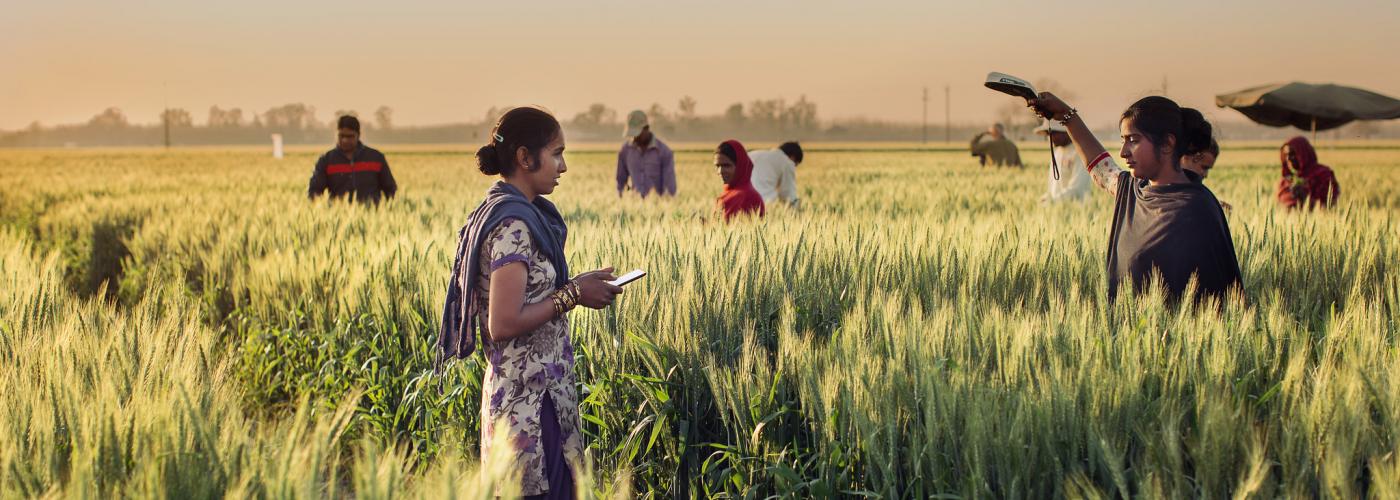Alignment with Private Sector Commercial Interests Offers USAID Enduring Results
Image

(Second in a series of five blogs about the drivers of sustainability in USAID partnerships with the private sector based on the Enduring Results Study 3.0)
USAID published the Enduring Results Study 3.0 (ERS 3.0) in the fall of 2020 to illustrate how USAID’s private sector engagement activities can deliver market solutions with lasting impact. The study captures and offers evidence on the drivers of sustainability and scale in the Agency’s partnerships with the private sector after USAID funding ends.
The study found that “private sector partners more often continued activities after USAID funding ended when the partnership aligned with their commercial interests.” These interests often include outcomes that increase their revenues, improve their operational efficiency, and/or reduce their risk of conducting a commercial business.
Among the 18 enduring partnerships with commercial interest, 89 percent (16) sustained through continued activities by the private sector partner. In contrast, only 40 percent (4 out of 10) of partnerships sustained through continued activities by the private sector partner when the company interest was non-commercial in nature.
The study also found that “including beneficiaries in partnership design and implementation more often increased their adoption of activities and outcomes.”
In an interview with the PSE Hub, Chris Thurlow, a USAID Foreign Service Officer and economist on rotation with the Development Finance Corporation (DFC), offered details on how a USAID-backed credit guarantee with a leasing company in Senegal illustrates these two findings.
Alignment From the Start
In 2013, USAID signed a 10-year loan guarantee agreement with Locafrique, a vehicle leasing company operating in Dakar, Senegal. Locafrique expressed its commercial interest in expanding into agriculture, yet it also shared the same development goals as USAID. According to Thurlow, both USAID and Locafrique came to the table with the following priorities:
- Develop a market and pipeline for commercial agricultural production in secondary and tertiary areas of the country
- Improve agricultural supply chains through higher value added processing, higher yields in rice and maize
- Support of the Government of Senegal’s national development plan to the extent where it expressed agriculture development
- Be a good partner/service provider for customers (in USAID’s case, beneficiaries)
“It was clear initially that both USAID and Locafrique were working towards the same end and that Locafrique was interested in a virtuous and sustainable business model,” said Thurlow. “They take pride in their contribution to development in Senegal, they expressed the need to contribute to the wellbeing of their customers, to protect natural resources, to ensure the viability of suppliers, and the desire to address economic distress of the communities where they operate.”
A Credit Guarantee Boosts Commercial Interest
Locafrique’s new commercial interest centered on a new market with small- and medium-sized enterprises in a region far from Dakar. Thurlow explained that expanding into agriculture was already a core part of Locafrique’s strategy: “They were going to do that regardless of USAID’s participation,” said Thurlow. But a credit guarantee and technical assistance from USAID accelerated this process and they opened an agriculture-focused satellite office in the northern city of Saint Louis.
“The credit guarantee allowed them to move more quickly and to go further downstream in the market. After they got comfortable with their core product (tractors to rice producers), they were able to build on that,” said Thurlow.
Now in its second phase of the credit guarantee program, Locafrique no longer needs to use the loan for its tractors and instead is using the credit guarantee to expand its product offerings, such as solar powered irrigation systems.
Alignment With the Lender, Too
“If the bank can’t articulate upon an initial meeting a reason and intended strategy for entering a USAID priority sector, then they aren’t the right partner, even if they express general interest or a willingness. No amount of subsidized capital or technical assistance is going to overcome that.” --Chris Thurlow.
Thurlow emphasized that for credit guarantee programs to succeed, USAID’s interests and the financial institution's interests must also align. He noted that while some banks’ corporate policies rule them out as a partner, such as not lending to certain sectors, other banks' commercial interests align with USAID’s development goals. Thurlow said that was definitely the case with Locafrique.
“Many, many bank staff in frontier markets are former employees of donor implementing partners. Many have a background and expertise in a USAID development sector,” said Thurlow. “So it’s a matter of just finding which bank partner in [the] country... has decided as a business case that they will target the type of borrower that would also be a USAID beneficiary.”
For financial institutions, credit guarantee programs will most likely fail if the goals are not aligned, Thurlow observed. He offered a recent example of an active credit guarantee program with a large commercial bank that he believes will not scale. Despite a national presence, the bank has not invested in the sectors or types of borrowers that USAID seeks to target. Instead, their lending portfolio has expanded only with large corporations and lines of credit for the extractive sector.
On the other hand, Thurlow said he recently met with another commercial bank in the same country that had engaged with a USAID project. “From the jump, this bank told us that due to the crowded nature of the banking industry in the country, their corporate strategy would center on reaching a small or medium-sized enterprise borrower type profile. They said that they would hire loan officers specifically to source loans in USAID’s priority areas,” said Thurlow.
Thurlow said the bank sought USAID’s assistance to gain a better understanding of the SME sector.
“This second bank is a much better partner for USAID because our efforts are aligned,” said Thurlow. “We’ve signed a new program with them and I expect it to be a success.”

